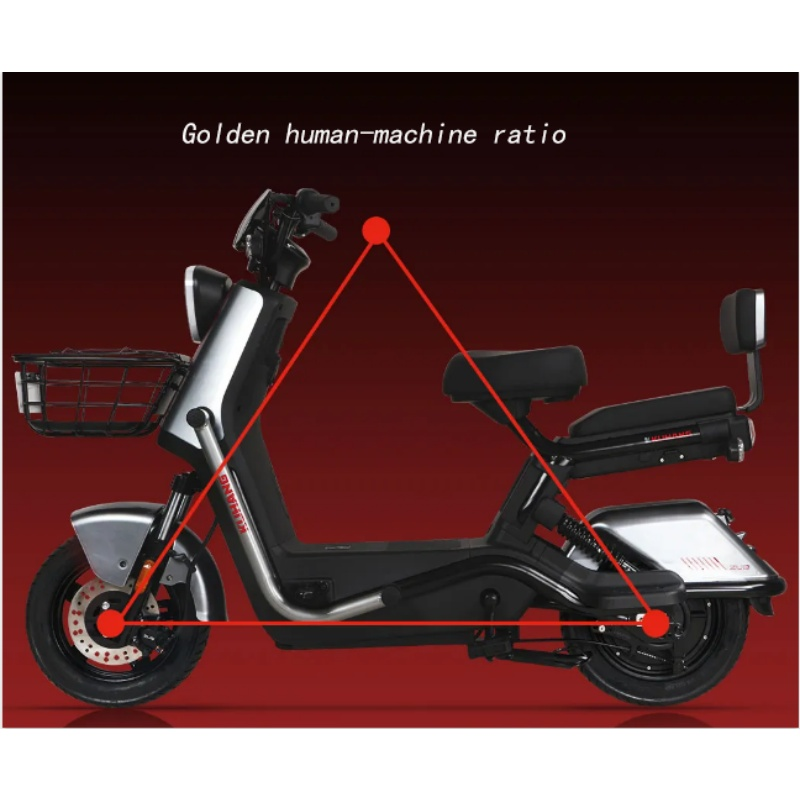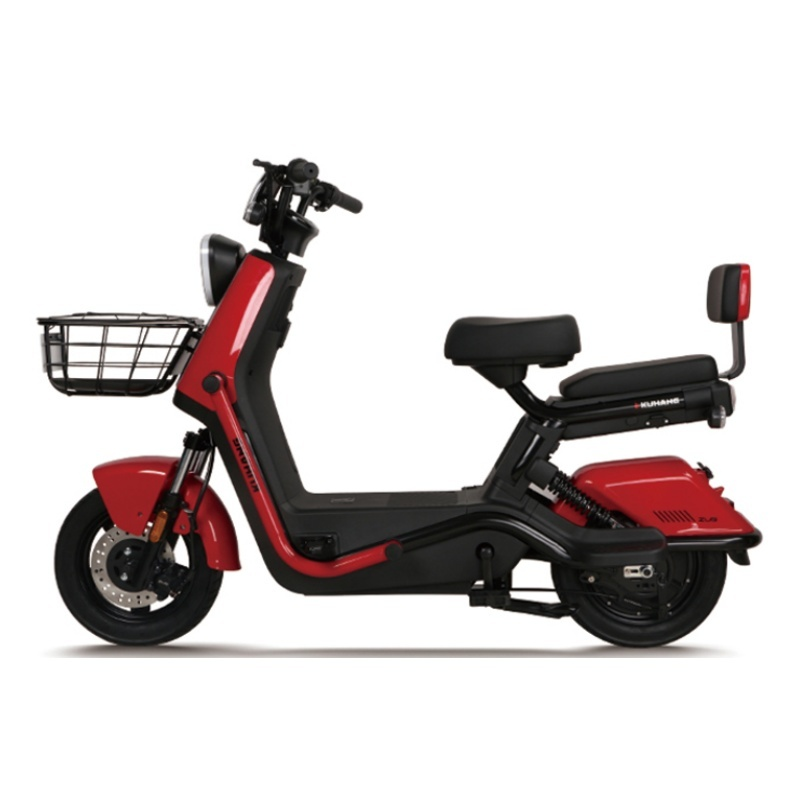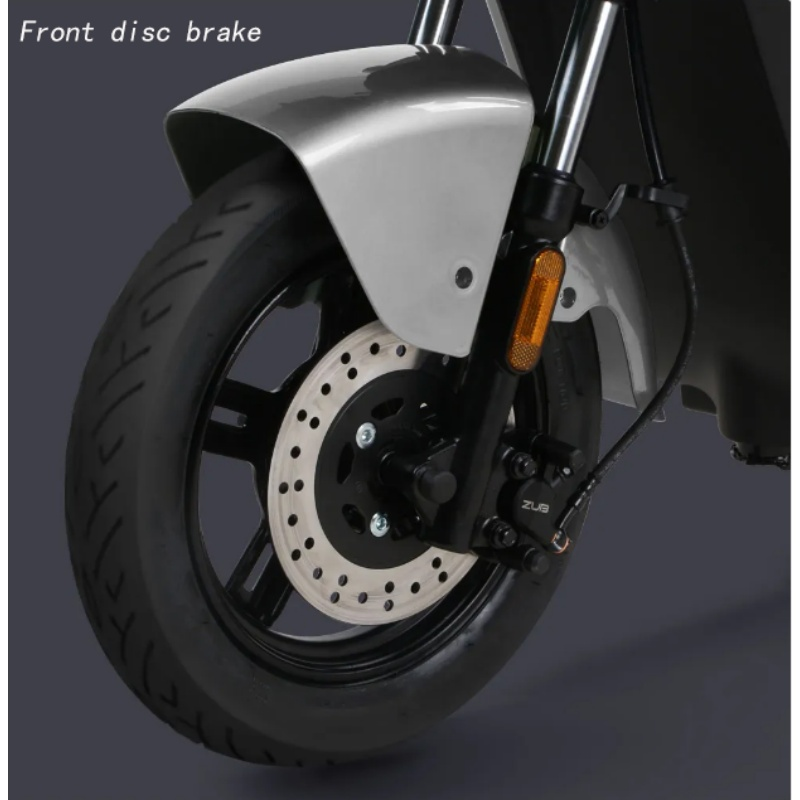bike electric price
The bike electric price landscape represents a significant consideration for consumers entering the e-mobility market. Today's electric bikes range from budget-friendly models starting around $500 to premium options exceeding $8,000, reflecting diverse features and capabilities. Entry-level electric bikes typically offer basic motor systems, standard battery capacities, and essential features, while mid-range options ($1,500-$3,000) incorporate advanced motor technology, extended battery life, and enhanced riding modes. Premium electric bikes showcase cutting-edge components, superior build quality, and extended warranties. The price spectrum reflects various factors including motor power (typically 250W to 750W), battery capacity (usually 36V to 52V), frame materials (aluminum, carbon fiber, or steel), and smart features such as GPS tracking and mobile connectivity. Manufacturers often differentiate pricing based on intended use, whether for commuting, mountain biking, or cargo hauling. The market also considers factors like after-sales service, warranty coverage, and brand reputation in price determination. Understanding these price points helps consumers align their budget with desired features and performance expectations.


